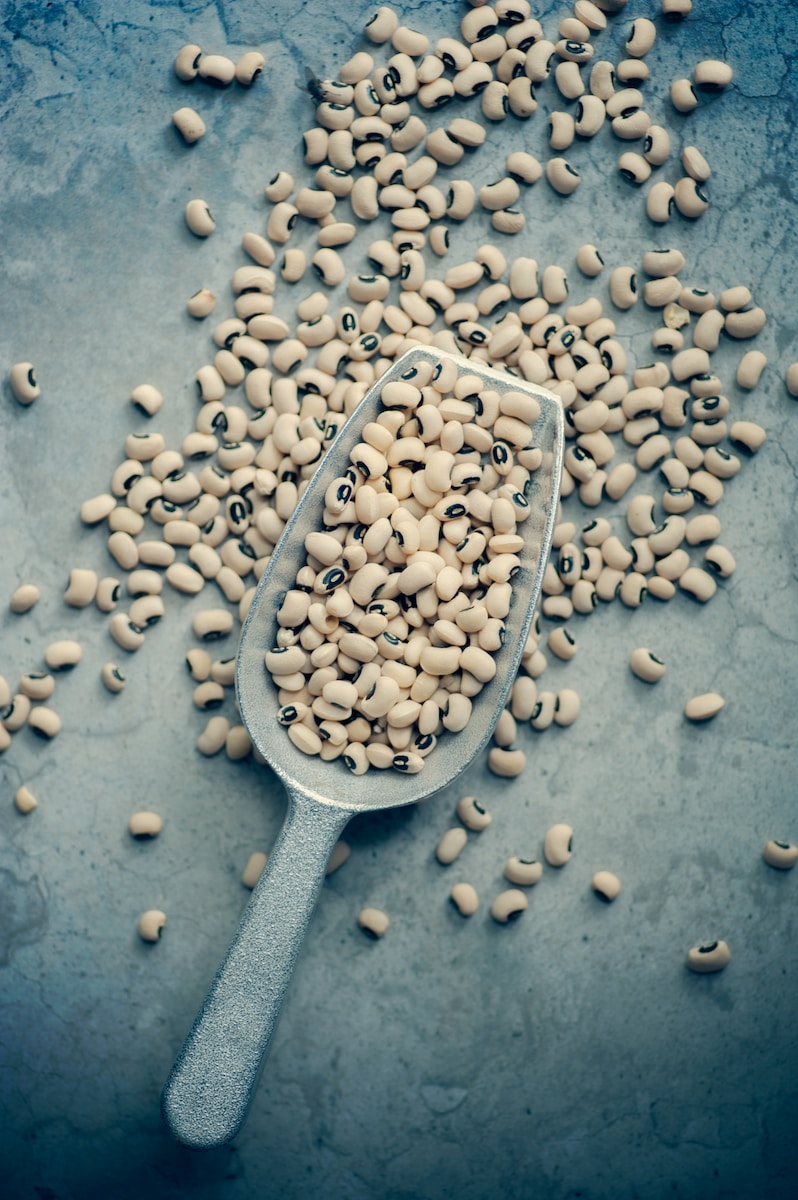20+ Lucky Foods from Around the World to Ring in the New Year: Various cultures have specific foods associated with good luck for the New Year. In the southern United States, eating black-eyed peas and greens on New Year’s Day is believed to bring prosperity and good fortune for the year ahead. Similarly, in Japan, it’s customary to eat toshikoshi soba, a type of noodle dish, for longevity and prosperity.
20+ Lucky Foods from Around the World to Ring in the New Year

As the calendar turns a new page, people worldwide embrace various traditions and superstitions to ensure good luck and prosperity in the coming year. One such delightful aspect of these celebrations is the assortment of lucky foods that are believed to bring good fortune. Let’s take a culinary journey around the globe and explore 20 lucky foods from different cultures that grace New Year’s tables.
- Grapes (Spain and Latin America): Spaniards and many Latin American countries follow the tradition of eating 12 grapes at the stroke of midnight, each grape symbolizing good luck for each month of the coming year.
- Black-Eyed Peas (Southern United States): A Southern U.S. tradition dictates that consuming black-eyed peas on New Year’s Day brings prosperity and good luck.
- Pomegranate Seeds (Greece): In Greece, smashing a pomegranate on the floor during New Year’s celebrations is believed to bring abundance and good fortune.
- Soba Noodles (Japan): Toshikoshi soba, or year-crossing noodles, are a Japanese New Year’s Eve staple, symbolizing longevity and a smooth transition into the new year.
- Lentils (Italy): Italians believe that eating lentils on New Year’s Eve will bring wealth and prosperity, as the shape of lentils resembles coins.
- Pork (Germany): Germans often indulge in pork dishes on New Year’s Day as pigs symbolize progress and prosperity.
- Cabbage / Cabbage Rolls (Eastern Europe & Germany): Rooted in Eastern European and German traditions, cabbage and cabbage rolls symbolize wealth and prosperity due to their resemblance to money purses.
- Round Fruits (Philippines): Filipinos believe that round fruits, like oranges and melons, represent coins and bring good fortune for the upcoming year.
- Hoppin’ John (Southern United States): Another Southern tradition, Hoppin’ John is a dish made with black-eyed peas, rice, and pork, thought to bring good luck.
- Fish (China): In Chinese culture, fish is associated with surplus and prosperity, making it a must-have for New Year’s feasts.
- Tteokguk (Korea): Koreans celebrate the New Year by eating tteokguk, a soup with sliced rice cakes believed to grant the consumer a year of age and prosperity.
- Cotechino con Lenticchie (Italy): An Italian New Year’s dish featuring pork sausage and lentils, symbolizing abundance and wealth.
- Ring-Shaped Cakes or Donuts (Netherlands): Dutch people often enjoy ring-shaped pastries known as oliebollen on New Year’s, representing the year coming full circle. Often done as a deep-fried dough ball. This custom dates back to ancient Germanic tribes, who made offerings of fried dough to appease the goddess Perchta and her evil spirits.
- Cornbread (Southern United States): Cornbread is considered lucky in the South, symbolizing gold and wealth.
- Gozinaki (Georgia): This Georgian treat, made from nuts and honey, is believed to bring happiness and wealth in the coming year.
- Longevity Noodles (China): Longevity noodles are a Chinese New Year favorite, symbolizing a long and prosperous life.
- Pancit Canton (Philippines): Filipinos enjoy pancit canton, a noodle dish, for long life and good health during New Year’s celebrations.
- Vasilopita (Greece): Greeks bake a special New Year’s cake called Vasilopita, hiding a coin inside for good luck to the person who finds it.
- Collard Greens (Southern United States): Often paired with black-eyed peas, collard greens are eaten for financial prosperity in the South.
- Twelve Dishes (Poland): Polish households prepare a feast of twelve different dishes, each representing a month of the year, ensuring good luck and abundance.
- Onions(Greece): In Greece, onions symboli ze rebirth, fertility, and good health. Their many layers represent shedding the old to reveal the fresh start of a new year .
- Buttered Bread (Ireland): In Ireland, buttered bread is a symbol of abundance and the absence of hunger. It’s often enjoyed on New Year’s Day.
As we welcome the New Year, these diverse and flavorful traditions remind us that the joy of celebration is not only in the festivities but also in the rich cultural tapestry that adorns our tables. May these lucky foods bring you joy, prosperity, and a flavorful start to the coming year!
No I do not believe in luck! Just sharing.
First published December 28, 2024. Last update or republished December 31, 2024.
Check out Courageous Christian Father’s Wish list on Amazon where you can purchase and this items sent directly to him and they will be used for the ministry.
Subscribe To Courageous Christian Father!
Don’t miss any blog posts! Subscribe today! You can subscribe via WordPress or by entering your email! Thank you!
Follow Courageous Christian Father on WordPress.comFollow Courageous Christian Father on Social Media
Recent Posts:
Below are some examples of blog entries from all the blogs that I do. (Courageous Christian Father, Steve Sews Stuff, SteveZ DuckZ, and SteveZ DesignZ).
Thank You For Reading Courageous Christian Father!
Thank you for reading. Please feel free to share and like this blog post.
Clipart: Unsplash, Pixabay, Pexels, Openverse, Adobe Express, Adobe Stock, FreePik, MetroCreative, and more. This site uses Amazon Affiliate Ads & Google Ads.
About the Author
Discover more from Courageous Christian Father
Subscribe to get the latest posts sent to your email.


